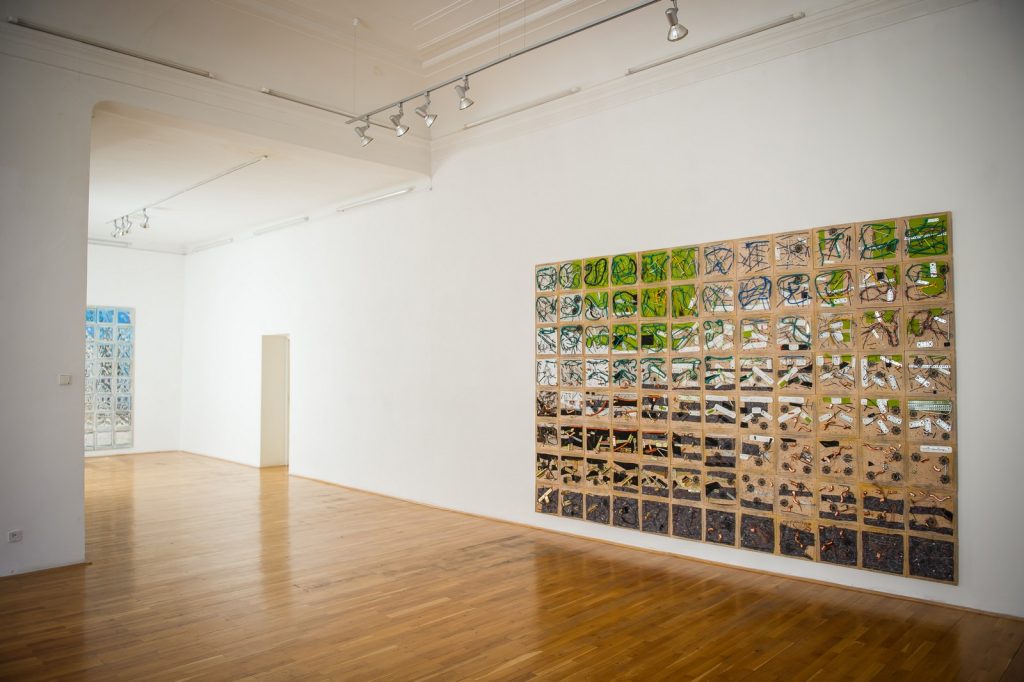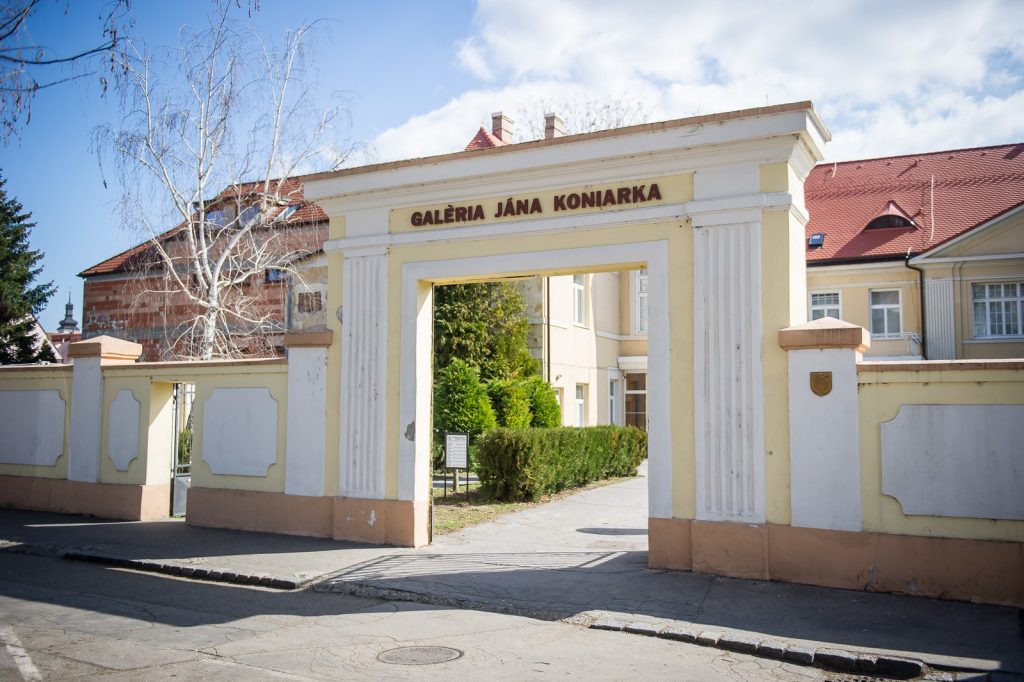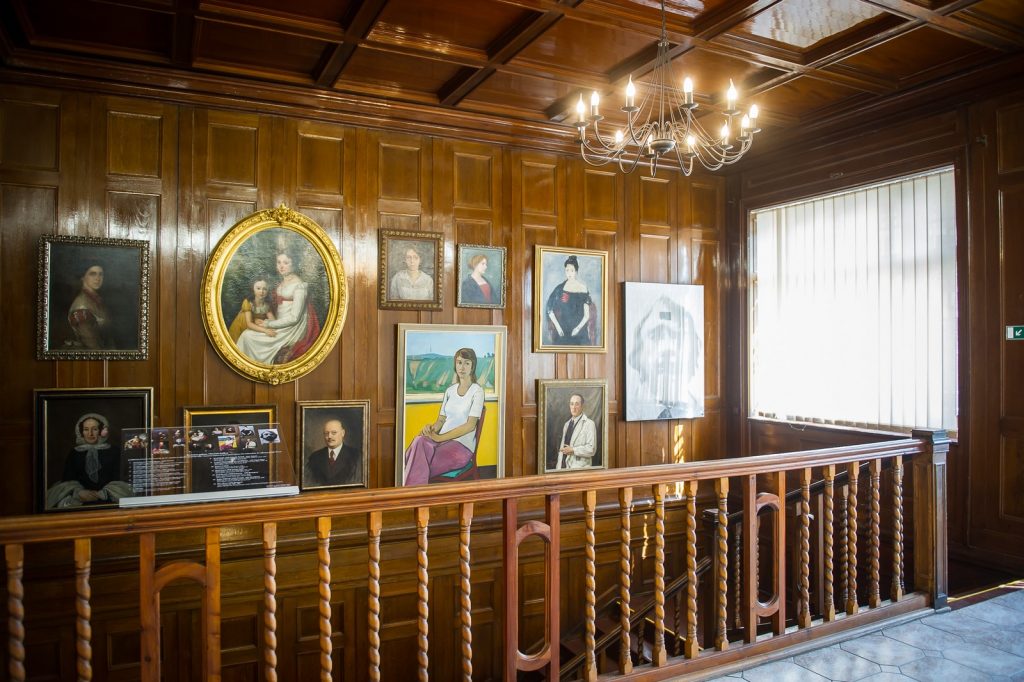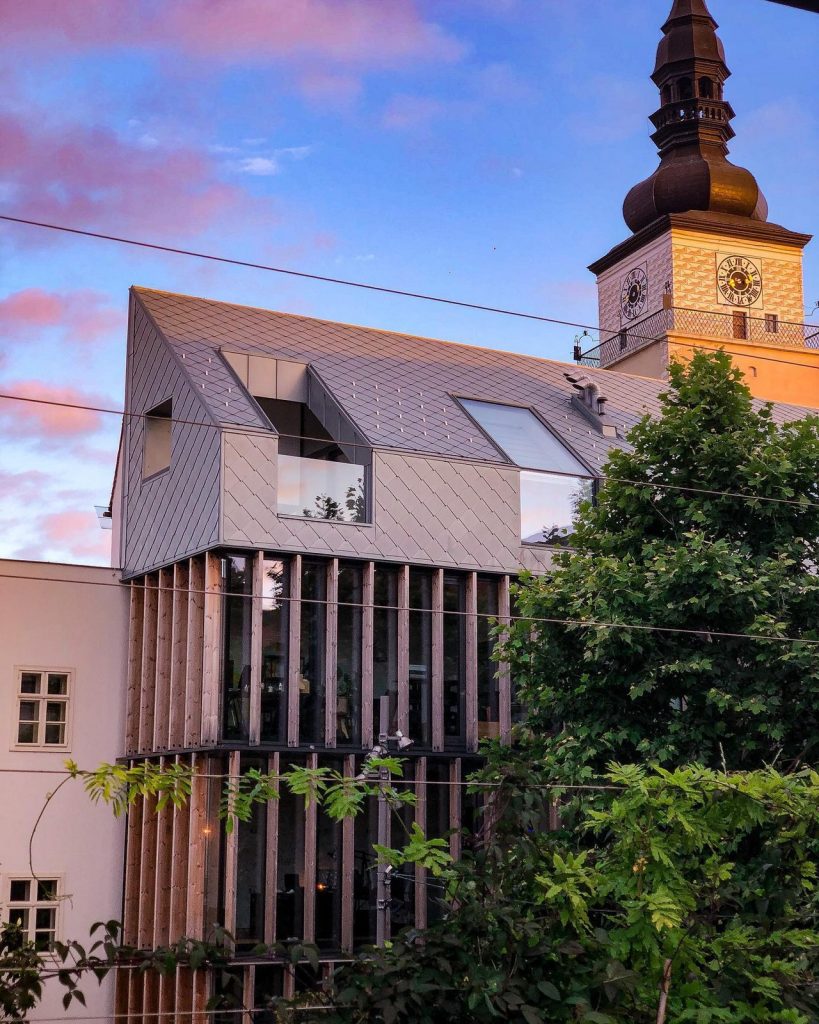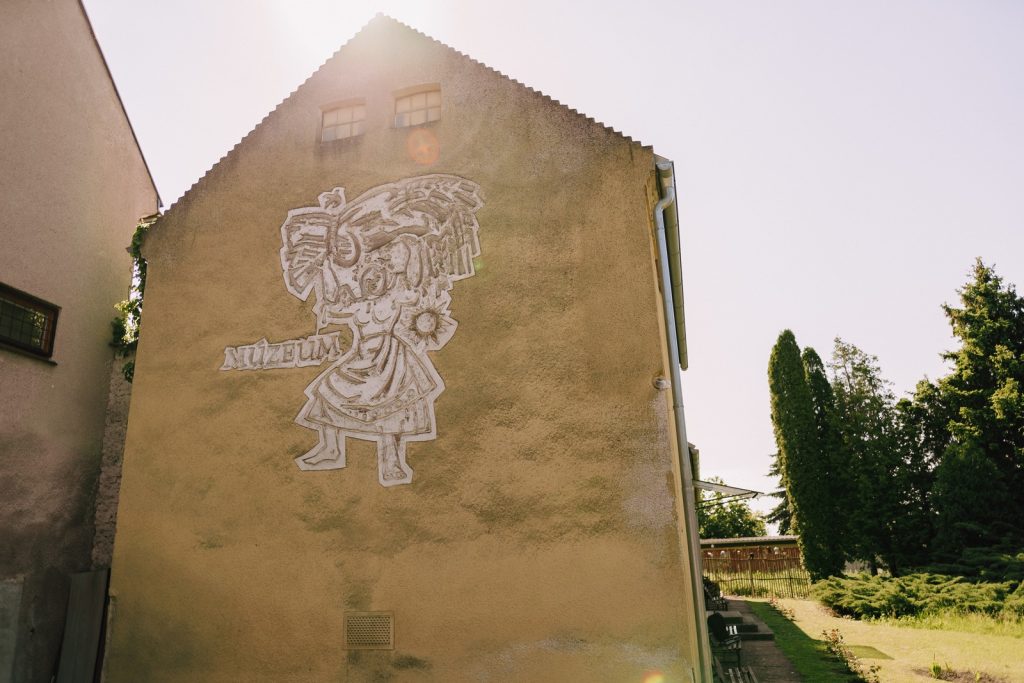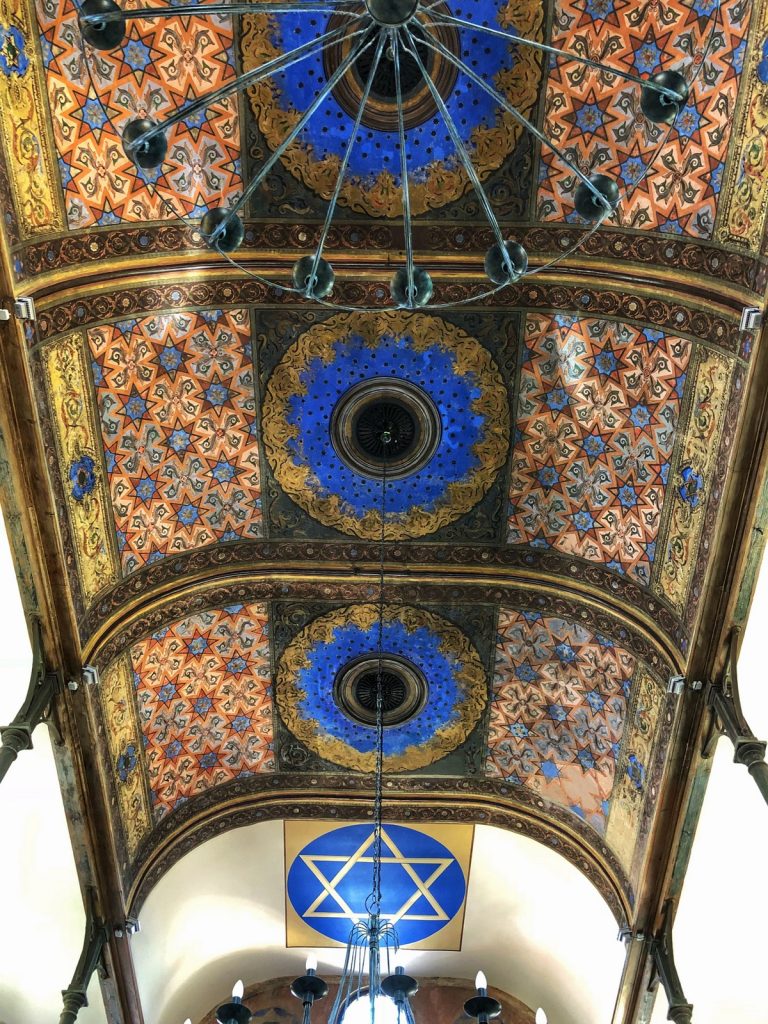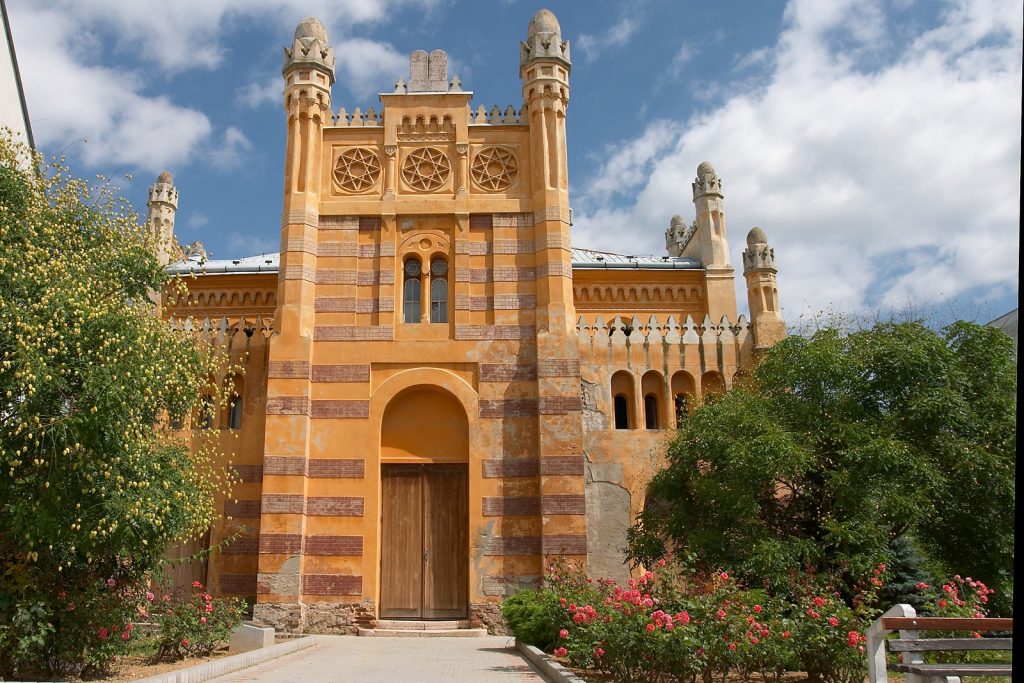
Region of Culture and Art
The Ján Koniarek Gallery in Trnava presents modern and contemporary Slovak art (20th and 21st centuries) in the broader Central European context. Slovak visual art of the 20th and 21st centuries with an emphasis on regionality can be enjoyed at the Zahorie Gallery of Jan Mudroch in Senica. More info at: www.gjk.sk and www.zgjm.sk
The DNArt Gallery is a great place to peruse art for sale – with a wide range including realism, figurism, and abstract compositions. The DNArt Gallery is popular with art lovers and casual visitors, and is a great place to unwind. More info at: www.umenietrnava.sk
Piešťany’s Magna Gallery of contemporary art features original contemporary Slovak and Czech artists – paintings, graphics, solitaires, design jewelry, and exhibitions. More info at:
Parks in Piešťany offer an outdoor gallery of sculptures that will make any walk more enjoyable. Visit also the Danubiana Meulensteen Art Museum, one of the most romantic modern art museums in Europe. It was founded by the Dutch collector and art promoter Gerard Meulensteen from Eindhoven and the Slovak gallerist Vincent Polakovič. More info at: www.danubiana.sk
The main entrance to the equestor sphere is dominated by the horse statue – currently the largest in the world. The dynamics and strength of the sculpture is achieved by thousands of individually welded stainless steel plates, which make up 8.3 meters high mass. The author of the sculpture is a
Jewish heritage
Jewish people moved into the Trnava region in several waves, with the last arriving from Moravia in the 18th century.
And now more than preserved synagogues, Jewish cemeteries, and Holocaust memorials testify to the persecution of Jews in WWII. In 2016 the first Holocaust Museum in Slovakia opened in Sereď – at the symbolic site of a labour camp that became a concentration camp.
The museum exhibits former prisoners’ belongings, an actual cattle wagon that transported Jews to Auschwitz, and many of the deportees’.
Educational activities are also a key component of the museum.
Sereď Holocaust Museum, Jewish cemeteries, and synagogues all serve to remind us of Slovakia’s sizeable Jewish community and their tragic fate.
Trnava also used to be an important centre of Jewish life. The city has two Jewish cemeteries and two synagogues, the latter have been repurposed to Ján Koniarek’s Gallery of Contemporary Art and a café/cultural venue. Both synagogues were built following strict Orthodox Jewish criteria, with the women’s gallery upstairs and the bimah in the sanctuary’s centre.
A remarkable Moorish-style synagogue in Vrbové still awaits its new function. The Trnava region’s biggest Jewish cemetery – some 2,500 graves – is in Dunajská Streda.
Before WWII around 35% of the town’s population were Jewish, hence it was known as ‘Little Jerusalem’.
